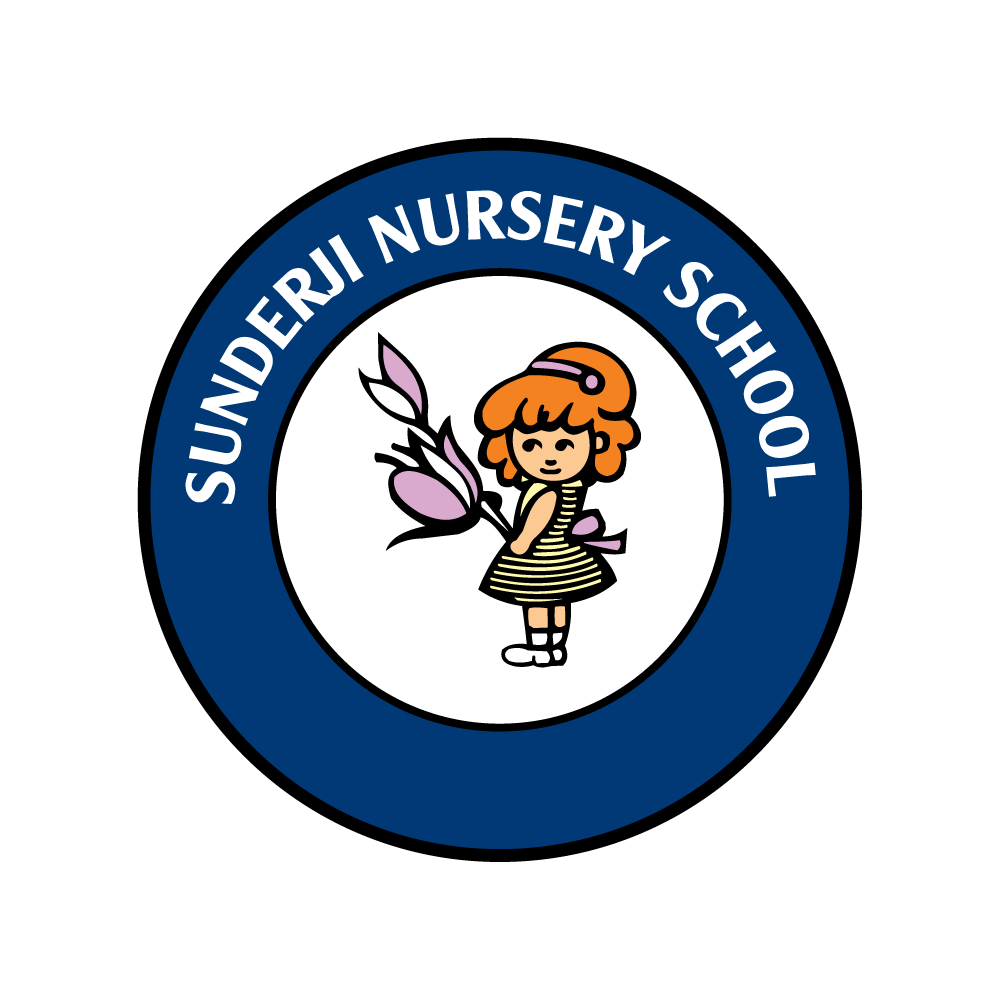Reverse Planning – The Modern Pedagogy
Teachers are ‘Gurus’ as mentioned in our sacred texts. Teachers have a tremendous sense of satisfaction and fulfilment in being able to guide and make so many innocent, young children bloom and progress in life, especially in these times when there is despair, blatant neglect, boredom and hostility all around. But they also face a lot of challenges. One of the major worries which teachers face is completing the course on time. Reverse planning1 is a new style of teaching and can very much help the teachers as well as parents. Reverse planning is an effective teaching tool. It says begin with an end in mind. According to reverse planning we move backwards. The teacher can decide the teaching goal for the class and plan the lesson delivery and activities accordingly.
Methodology or steps to be followed for reverse planning are – research the topic well, plan the teaching goal, decide the number of periods, questioning techniques, activities and assessment method. We can use the same methodology for all the subjects and grade in this order. For the first step, a teacher needs to do a thorough reading to the study material and browse over the internet to collate more knowledge. According to the knowledge acquired in first step, decide the teaching goals. It is always advisable to write the teaching goals.This way the teacher can have the end in her/his mind. Then on the basis of this, one can decide the time to be allotted for that topic. The teacher should make a note of questions to be asked in advance. The questions should be open ended questions, which lead to other questions. Including experimental activities for each subject are must as researches have proved that students can learn the best when they experience. Assessment2 is the most critical step of reverse planning to check the understanding level of students. Asking them to collect relevant information as a part of a project and quizzes are the best methods to check the knowledge of students.
To achieve the teaching goals, lesson planning must be purposeful, intentional and creative. Providing multiple opportunities for independent practice and self-assessment improve students’ performance and help in meeting the goals.The teacher should be flexible in employing alternative teaching practices taking into account students’ different learning styles and preferences.
By Dr. Vinamrata Bhatia (Special Educator, Sunderji Institute of Special School)

